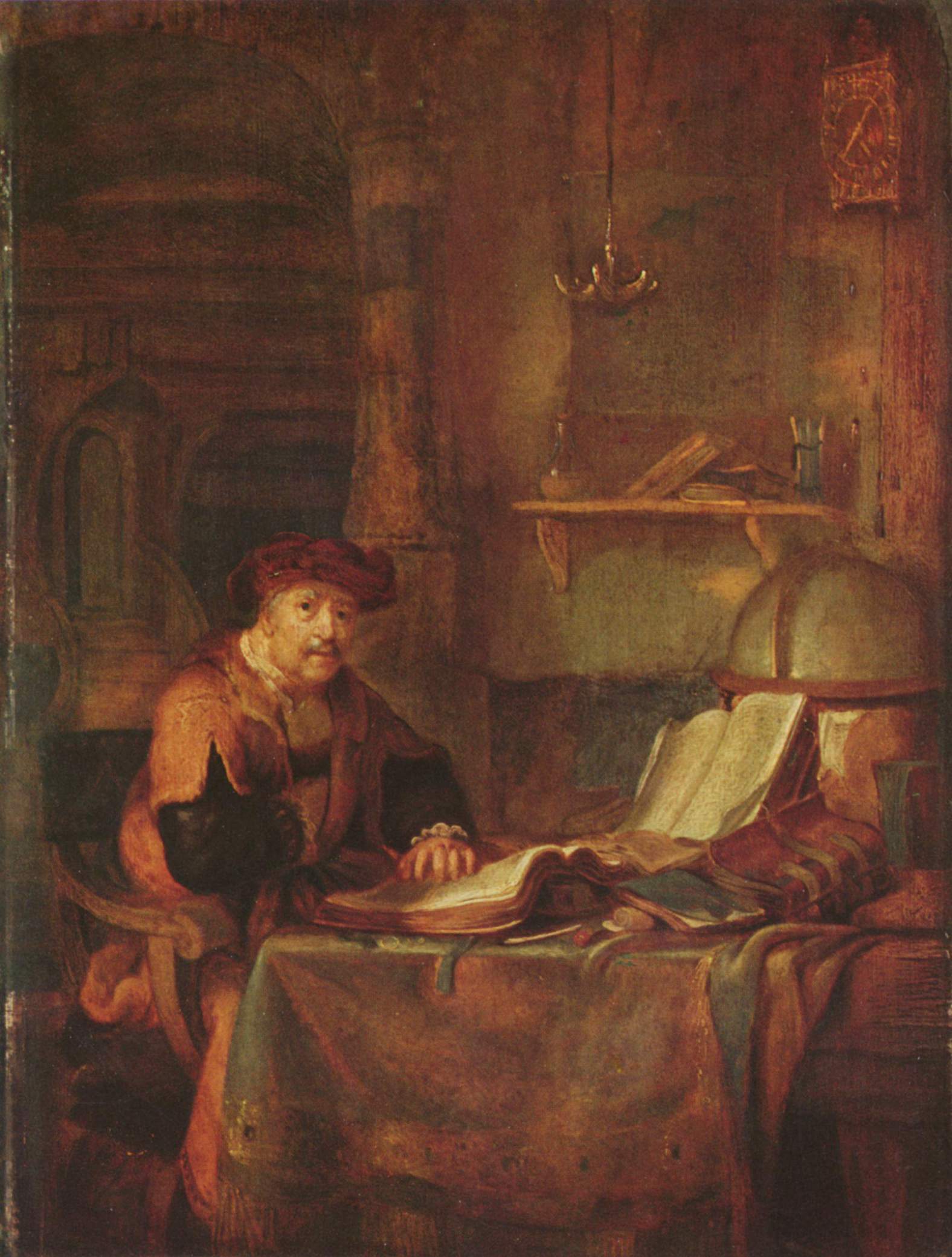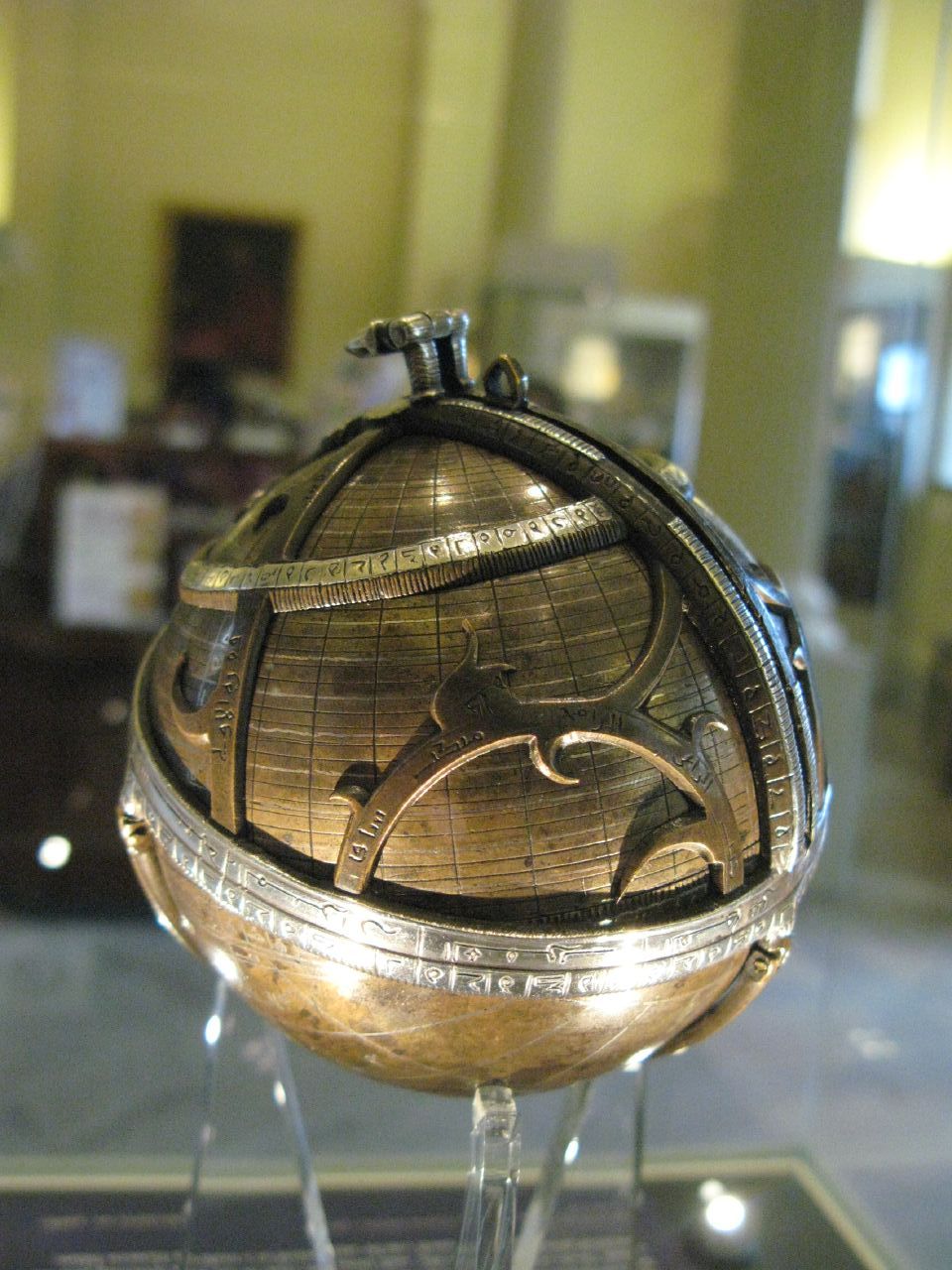|
Ibn Marzuban
Abu Ahmad 'Abd al-Rahman ibn 'Ali ibn Marzuban Tabib Marzubani, better simply known as Ibn Marzuban (), was a Persian official and physician who served the Buyids. He was a disciple of Avicenna. Not much is known about him; he traced his descent back to a family native to Isfahan. However, during the most of his lifetime he lived in Baghdad and in Khuzestan instead of his native city. During his early life, he was educated in science and religious law. He later became the judge of Shushtar and the head of the famous al-'Adudi Hospital The Al-'Adudi Hospital was established during the era of organized hospitals developed in medieval Islamic culture. Some of these early hospitals were located in Baghdad and among those was the bimaristan Al-'Adudi. The hospital came to be when Ki ... in Baghdad. Ibn Marzuban later died in 1006 at Shushtar. References Sources * Scholars under the Buyid dynasty 11th-century Iranian physicians 10th-century Iranian physicians 1006 deaths Ye ... [...More Info...] [...Related Items...] OR: [Wikipedia] [Google] [Baidu] |
Persian People
Persians ( ), or the Persian people (), are an Iranian peoples, Iranian ethnic group from West Asia that came from an earlier group called the Proto-Iranians, which likely split from the Indo-Iranians in 1800 BCE from either Afghanistan or Central Asia. They are indigenous to the Iranian plateau and comprise the majority of the population of Iran.Iran Census Results 2016 United Nations Alongside having a Culture of Iran, common cultural system, they are native speakers of the Persian language and of the Western Iranian languages that are closely related to it. In the Western world, "Persian" was largely understood as a demonym for all Iranians rather than as an ethnonym for the Persian people, but this understanding Name of Iran, shi ... [...More Info...] [...Related Items...] OR: [Wikipedia] [Google] [Baidu] |
Buyids
The Buyid dynasty or Buyid Empire was a Zaydi and later Twelver Shi'a dynasty of Daylamite origin. Founded by Imad al-Dawla, they mainly ruled over central and southern Iran and Iraq from 934 to 1062. Coupled with the rise of other Iranian dynasties in the region, the approximate century of Buyid rule represents the period in Iranian history sometimes called the Iranian Intermezzo. The Buyid dynasty was founded by Ali ibn Buya, who in 934 conquered Fars and made Shiraz his capital. He received the ''laqab'' or honorific title of ''Imad al-Dawla'' (). His younger brother, Hasan ibn Buya () conquered parts of Jibal in the late 930s, and by 943 managed to capture Ray, which he made his capital. Hasan was given the ''laqab'' of ''Rukn al-Dawla'' (). In 945, the youngest brother, Ahmad ibn Buya, conquered Iraq and made Baghdad his capital. He was given the laqab Mu'izz al-Dawla. As Iranians of Daylamite provenance, the Buyids consciously revived symbols and practices of the Sas ... [...More Info...] [...Related Items...] OR: [Wikipedia] [Google] [Baidu] |
Avicenna
Ibn Sina ( – 22 June 1037), commonly known in the West as Avicenna ( ), was a preeminent philosopher and physician of the Muslim world, flourishing during the Islamic Golden Age, serving in the courts of various Iranian peoples, Iranian rulers. He is often described as the father of early modern medicine. His philosophy was of the Peripatetic school derived from Aristotelianism. His most famous works are ''The Book of Healing'', a philosophical and scientific encyclopedia, and ''The Canon of Medicine'', a medical encyclopedia which became a standard medical text at many medieval European University, universities and remained in use as late as 1650. Besides philosophy and medicine, Avicenna's corpus includes writings on Astronomy in medieval Islam, astronomy, Alchemy and chemistry in medieval Islam, alchemy, Geography and cartography in medieval Islam, geography and geology, Psychology in medieval Islam, psychology, Islamic theology, Logic in Islamic philosophy, logic, Mat ... [...More Info...] [...Related Items...] OR: [Wikipedia] [Google] [Baidu] |
Isfahan
Isfahan or Esfahan ( ) is a city in the Central District (Isfahan County), Central District of Isfahan County, Isfahan province, Iran. It is the capital of the province, the county, and the district. It is located south of Tehran. The city has a population of approximately 2,220,000, making it the third-most populous city in Iran, after Tehran and Mashhad, and the second-largest metropolitan area. Isfahan is located at the intersection of the two principal routes that traverse Iran, north–south and east–west. Isfahan flourished between the 9th and 18th centuries. Under the Safavid Iran, Safavid Empire, Isfahan became the capital of Iran, for the second time in its history, under Abbas the Great. It is known for its Persian architecture, Persian–Islamic architecture, Muslim architecture, grand boulevards, covered bridges, palaces, tiled mosques, and minarets. Isfahan also has many historical buildings, monuments, paintings, and artifacts. The fame of Isfahan led to the ... [...More Info...] [...Related Items...] OR: [Wikipedia] [Google] [Baidu] |
Baghdad
Baghdad ( or ; , ) is the capital and List of largest cities of Iraq, largest city of Iraq, located along the Tigris in the central part of the country. With a population exceeding 7 million, it ranks among the List of largest cities in the Arab world, most populous cities in the Middle East and Arab world and forms 22% of the Demographics of Iraq, country's population. Spanning an area of approximately , Baghdad is the capital of its Baghdad Governorate, governorate and serves as Iraq's political, economic, and cultural hub. Founded in 762 AD by Al-Mansur, Baghdad was the capital of the Abbasid Caliphate and became its most notable development project. The city evolved into a cultural and intellectual center of the Muslim world. This, in addition to housing several key academic institutions, including the House of Wisdom, as well as a multi-ethnic and multi-religious environment, garnered it a worldwide reputation as the "Center of Learning". For much of the Abbasid era, duri ... [...More Info...] [...Related Items...] OR: [Wikipedia] [Google] [Baidu] |
Khuzestan
Khuzestan province () is one of the 31 Provinces of Iran. Located in the southwest of the country, the province borders Iraq and the Persian Gulf, covering an area of . Its capital is the city of Ahvaz. Since 2014, it has been part of Iran's Region 4. Etymology Once one of the most critical regions of the Ancient Near East, Khuzestan comprises much of what historians refer to as ancient Elam, whose capital was in Susa. The Old Persian term for Elam was when they conquered it from the Elamites. This element is present in the modern name. Khuzestan, meaning "the Land of the Khuz," refers to the original inhabitants of this province. In the Achaemenid Empire, this term is ''Huza'' or ''Huja'', as in the inscription on the tomb of Darius the Great at Naqsh-e Rostam. They are the "Shushan" of Hebrew sources, a borrowing from Elamite ''Šuša''. In Middle Persian, the term evolved into "Khuz" and "Kuzi." The pre-Islamic Partho-Sasanian inscriptions give the province the na ... [...More Info...] [...Related Items...] OR: [Wikipedia] [Google] [Baidu] |
Shushtar
Shushtar () is a city in the Central District of Shushtar County, Khuzestan province, Iran, serving as capital of both the county and the district. Shushtar is an ancient fortress city, approximately from Ahvaz, the centre of the province. Much of its past agricultural productivity derives from the irrigation system which centered on the Band-e Kaisar, the first dam bridge in Iran. The whole water system in Shushtar consists of 13 sites called Shushtar Historical Hydraulic System which is registered as a Unesco World Heritage Site. History In the Elamite times Shushtar was known as ''Adamdun''. In the Achaemenian times its name was ''Šurkutir''. According to tradition, Shushtar was founded by the legendary king Hushang after he built Susa (aka Shush), and the name "Shushtar" was a comparative form meaning "more beautiful than Shush". Josef Marquart also interpreted the name Shushtar as being derived from Shush, but with a slightly different meaning, with the suffix ... [...More Info...] [...Related Items...] OR: [Wikipedia] [Google] [Baidu] |
Al-'Adudi Hospital
The Al-'Adudi Hospital was established during the era of organized hospitals developed in medieval Islamic culture. Some of these early hospitals were located in Baghdad and among those was the bimaristan Al-'Adudi. The hospital came to be when King of the Buyid Dynasty, 'Adud al-Dawla, decided to construct the hospital a few years before he died. Al-'Adudi was considered one of the most innovative and modern hospitals of the medieval Islamic time period. Amongst well-known physicians of the time period, this hospital was known as an institution for learning and practicing medicine. Construction King 'Adud al-Dawla provided the funding for the hospital from the properties that he owned. Before the construction of the building and its quarters, well-known physician, al-Razi, was chosen to decide the ideal location for Al-'Adudi. In order to make the appropriate choice, it is said that different areas of the city were tested by hanging meat and choosing the place that resulted in ... [...More Info...] [...Related Items...] OR: [Wikipedia] [Google] [Baidu] |
Scholars Under The Buyid Dynasty
A scholar is a person who is a researcher or has expertise in an academic discipline. A scholar can also be an academic, who works as a professor, teacher, or researcher at a university. An academic usually holds an advanced degree or a terminal degree, such as a master's degree or a doctorate (PhD). Independent scholars and public intellectuals work outside the academy yet may publish in academic journals and participate in scholarly public discussion. Definitions In contemporary English usage, the term ''scholar'' sometimes is equivalent to the term ''academic'', and describes a university-educated individual who has achieved intellectual mastery of an academic discipline, as instructor and as researcher. Moreover, before the establishment of universities, the term ''scholar'' identified and described an intellectual person whose primary occupation was professional research. In 1847, minister Emanuel Vogel Gerhart spoke of the role of the scholar in society: Gerhart argued t ... [...More Info...] [...Related Items...] OR: [Wikipedia] [Google] [Baidu] |
11th-century Iranian Physicians
The 11th century is the period from 1001 (represented by the Roman numerals MI) through 1100 (MC) in accordance with the Julian calendar, and the 1st century of the 2nd millennium. In the history of Europe, this period is considered the early part of the High Middle Ages. There was, after a brief ascendancy, a sudden decline of Byzantine power and a rise of Norman domination over much of Europe, along with the prominent role in Europe of notably influential popes. Christendom experienced a formal schism in this century which had been developing over previous centuries between the Latin West and Byzantine East, causing a split in its two largest denominations to this day: Roman Catholicism and Eastern Orthodoxy. In Song dynasty China and the classical Islamic world, this century marked the high point for both classical Chinese civilization, science and technology, and classical Islamic science, philosophy, technology and literature. Rival political factions at the Song dynast ... [...More Info...] [...Related Items...] OR: [Wikipedia] [Google] [Baidu] |
10th-century Iranian Physicians
1 (one, unit, unity) is a number, numeral, and glyph. It is the first and smallest positive integer of the infinite sequence of natural numbers. This fundamental property has led to its unique uses in other fields, ranging from science to sports, where it commonly denotes the first, leading, or top thing in a group. 1 is the unit of counting or measurement, a determiner for singular nouns, and a gender-neutral pronoun. Historically, the representation of 1 evolved from ancient Sumerian and Babylonian symbols to the modern Arabic numeral. In mathematics, 1 is the multiplicative identity, meaning that any number multiplied by 1 equals the same number. 1 is by convention not considered a prime number. In digital technology, 1 represents the "on" state in binary code, the foundation of computing. Philosophically, 1 symbolizes the ultimate reality or source of existence in various traditions. In mathematics The number 1 is the first natural number after 0. Each natural numbe ... [...More Info...] [...Related Items...] OR: [Wikipedia] [Google] [Baidu] |
1006 Deaths
Year 1006 ( MVI) was a common year starting on Tuesday of the Julian calendar. Events By place Europe * Summer – An Arab Saracen fleet appears before Pisa, but departs again. The Pisans take their fleet to sea and chase the Arabs down to Southern Italy where, in the Battle of Reggio Calabria, the Pisan fleet defeats the Arabs. * Summer–Autumn – Danish Viking raiders led by Sweyn Forkbeard raid south-eastern England from the Isle of Wight to Reading in the Thames Valley where they overwinter at the Wallingford river crossing. * Brian Boru visits Ulster, and remains unchallenged. Oceania * A major eruption of the Mount Merapi volcano on Java causes devastation throughout the centre of the island (which it covers with volcanic ash) and to the Javanese Hindu Mataram Kingdom. By topic Astronomy * April 30 – The brightest supernova ever recorded, SN 1006, occurs in the constellation of Lupus. It is observed and described in China, Japan, Iraq, Eg ... [...More Info...] [...Related Items...] OR: [Wikipedia] [Google] [Baidu] |








